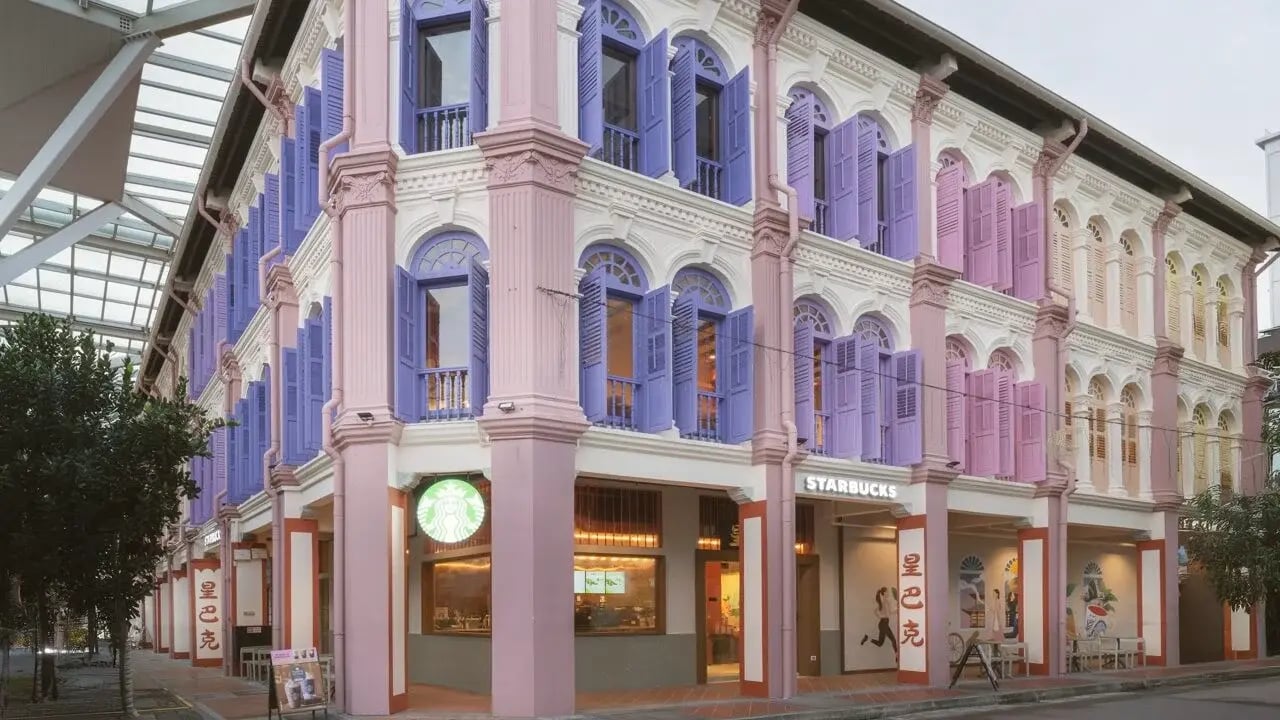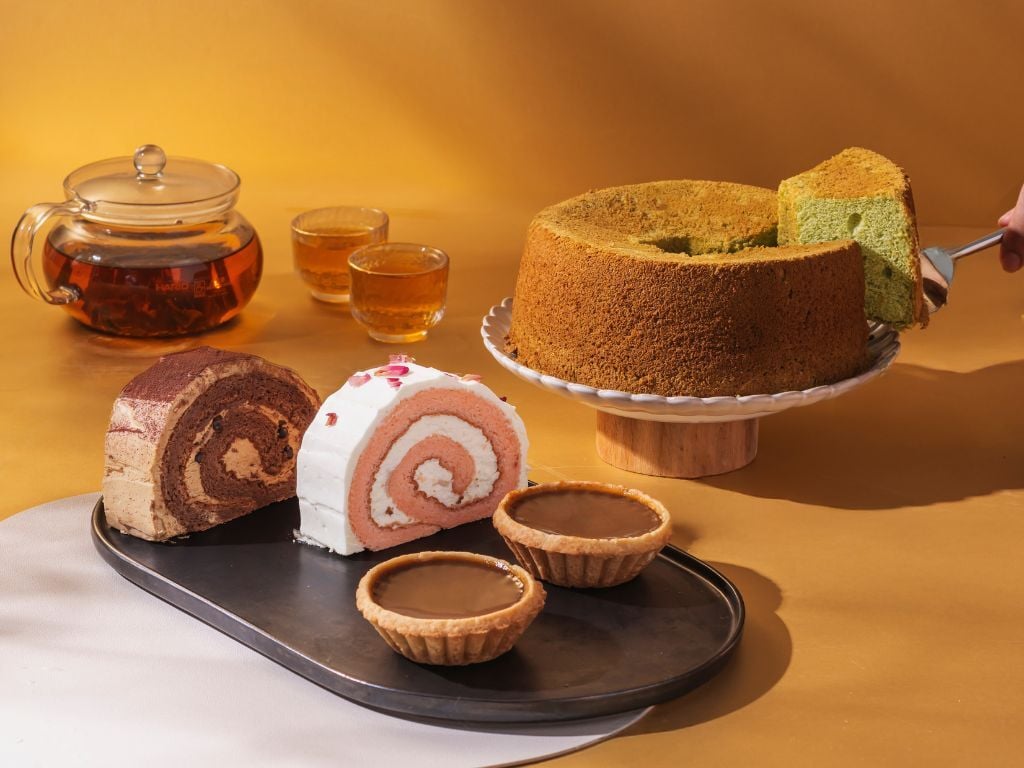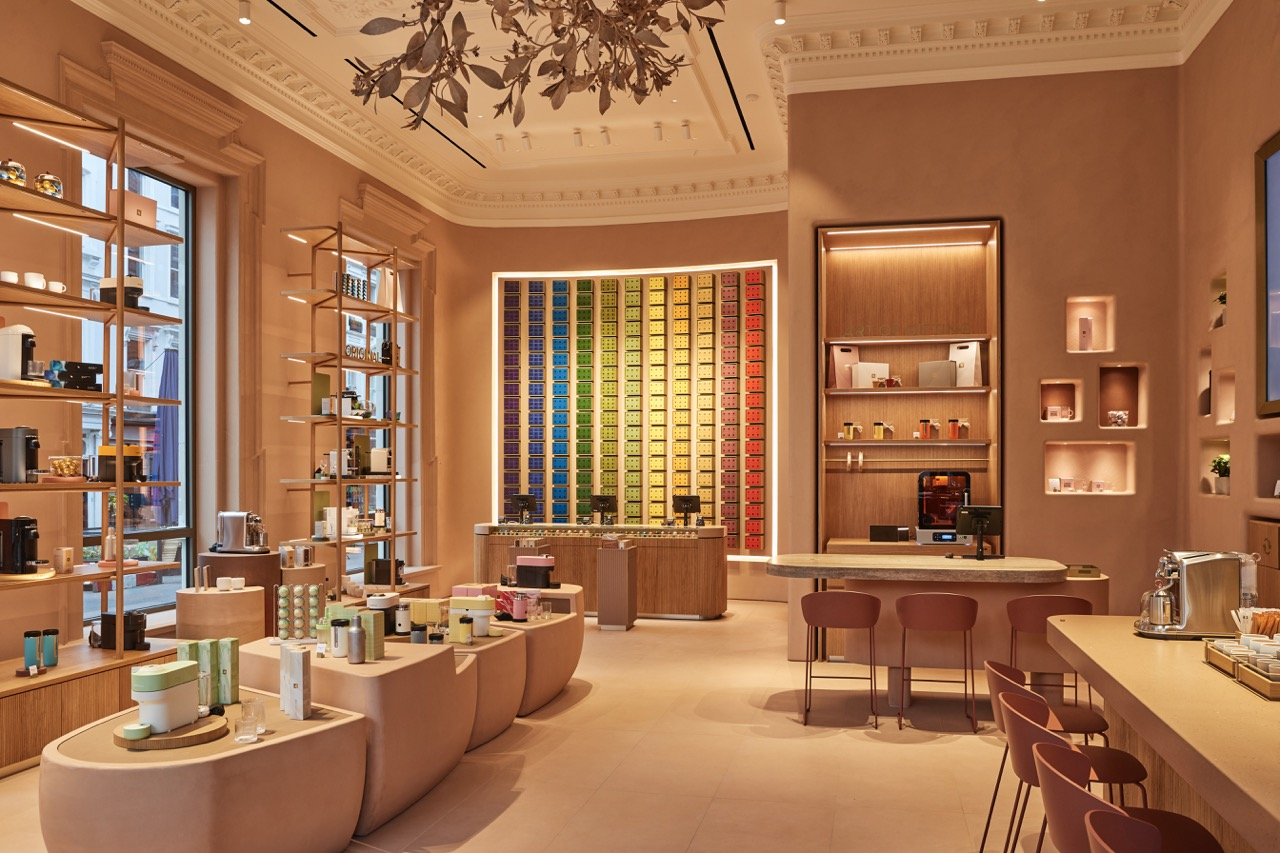Earlier this year, Starbucks opened a heritage-themed store in Singapore’s Chinatown, signaling a deeper push into cultural localization. Housed in a beautifully restored three-story shophouse, this Starbucks blends seamlessly into its historic surroundings. Inside, visitors find not only classic coffee offerings but also Singapore-exclusive menu items like the Black Sesame Oatmilk Coffee Frappuccino and Chicken Char Siew Puff, created in collaboration with local bakery Old Seng Choong.


It’s a striking move for a brand that has been struggling to retain customers globally. In the U.S., Starbucks reported a slowdown in foot traffic and declining same-store sales. But instead of pulling back, Starbucks is adapting. Recent announcements include a global hiring push for baristas and plans to launch a "late afternoon set" to lure customers back during off-peak hours—a tactic that blends operational investment with a creative approach to daypart marketing.
Going Local While Thinking Global
Starbucks’ Chinatown store is more than a visual refresh. It’s a blueprint for localized experience design: combining local cultural cues, exclusive product offerings, and spatial storytelling to connect with regional audiences. For a brand whose ubiquity has sometimes been seen as a weakness, this move shows a willingness to break from the standard template.
Compare this with Nespresso, which recently opened its first flagship boutique in London’s Covent Garden. Rather than emphasizing locality, Nespresso is leaning into a premium retail experience, featuring immersive tasting zones and sustainability showcases. The focus here is on brand elevation—doubling down on luxury, exclusivity, and design precision.

Then there’s Blue Bottle, the minimalist darling of third-wave coffee. With its recent expansion into Hong Kong, Blue Bottle remains committed to its brand ethos: slow coffee, modernist aesthetics, and community-focused locations. Its store designs are intentionally understated, always tailored to the local vibe, yet consistent with its brand voice. Unlike Starbucks or Nespresso, Blue Bottle isn’t chasing mass-market appeal—it’s cultivating loyalty among a discerning niche.
Brand Positioning: Same Category, Different Playbooks
|
Brand
|
Positioning
|
Recent Moves
|
|
Starbucks
|
Mainstream, lifestyle-driven
|
Heritage stores, cultural localization, value sets
|
|
Nespresso
|
Premium, design- and tech-led
|
Flagship experiences, sustainability storytelling
|
|
Blue Bottle
|
Niche, minimalist, artisanal
|
Expanding selectively, maintaining brand purity
|
Each of these brands is operating in the same category, but their strategies couldn’t be more different. Starbucks is pushing mass personalization at scale, Nespresso is about curated indulgence, and Blue Bottle stays true to boutique integrity.
What Can We Learn?
These evolving strategies offer key lessons for any brand:
-
Local relevance matters more than ever. Whether you're global or niche, grounding your design, messaging, or product in local culture creates deeper engagement.
-
Brand consistency doesn’t mean uniformity. Starbucks' Chinatown store still feels like Starbucks, but it’s adapted for context—a smart balance of identity and flexibility.
-
Experience is the new differentiator. Whether it’s the tactile luxury of Nespresso’s flagship or the communal calm of Blue Bottle, brands are designing spaces (digital or physical) that tell stories.
For marketers, designers, and brand builders, this isn’t just about coffee—it’s about how visual identity, localization, and customer experience are being redefined in an increasingly saturated market.
Speak with our expert to learn how to create a consistent brand presence across all your online channels.